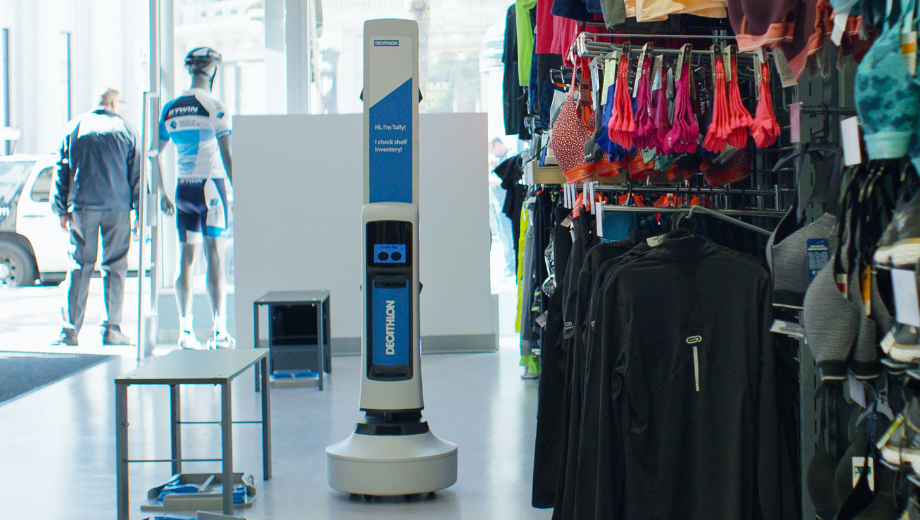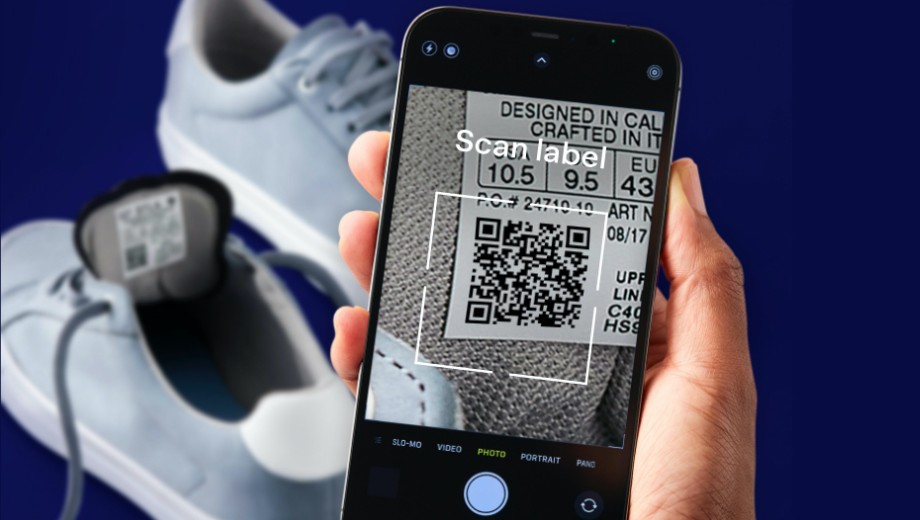The evolution of e-commerce has been driving change in the retail industry for more than two decades. From the early 2000s onward, the industry has continued to evolve as e-commerce played an ever-growing role in retail strategy and operations. As customer demand shifted, retailers adapted, systems adjusted, and lessons were learned. There were plenty of fits and starts, but retailers who learned to keep pace succeeded.
Then 2020 happened, and most retailers learned what rapid change truly looks like.
Virtually overnight, the pandemic forced retailers to completely rethink their business models. Customer expectations shifted and omnichannel retail became a requirement, not an option. Now, regardless of the product category—from apparel, housewares or home improvement to electronics, sporting goods and auto parts—customers expect to find products wherever and whenever they want: in-store, online, or any combination. Customer’s are dictating the journey now, and retailers need to saddle up for the ride.
Keeping pace requires an exceptional level of inventory visibility and accuracy.
Most retailers already have excellent inventory visibility at the distribution-level, but face challenges at the store-level, where traditional systems often fail to achieve even 65-percent accuracy. To create effective omnichannel capabilities, the inventory accuracy received from distribution centers must be replicated all the way through the supply chain until it reaches the customers hands. No gaps, no errors, no guesswork.
That’s a tall order for the industry, and it requires a new approach to technology. So, many retailers are turning to radio frequency identification (RFID).
RFID has been part of the retail landscape for decades, but system complexity, costs and old-fashioned lack-of-inertia has previously limited its usage. Today, however, the evolution of omnichannel operations and a drive for greater efficiency by industry leaders is pushing RFID to new levels of adoption.
In a remarkable development last year, Walmart dramatically expanded its RFID usage, implementing RFID requirements across a wide range of product categories. This change alone altered the retail landscape with wide-reaching impacts that affect thousands of manufacturers and distributors. Other top retailers are expected to follow Walmart’s lead in the near future.
Today’s affordable RFID solutions enable intelligent retail models that deliver many important benefits, including:
- Achieving 98%+ system wide inventory accuracy .
- Significant improvements in stockout management, enabling more informed omnichannel management through in-store SKU depth visibility.
- Increased visibility of real-time inventory data, driving accurate reordering based on demand.
- Reduced shrinkage: knowing what you have and where you have it reduces the blind spots.
- Improving efficiency and significantly reducing labor costs associated with manual inventory processes and cycle counts.




